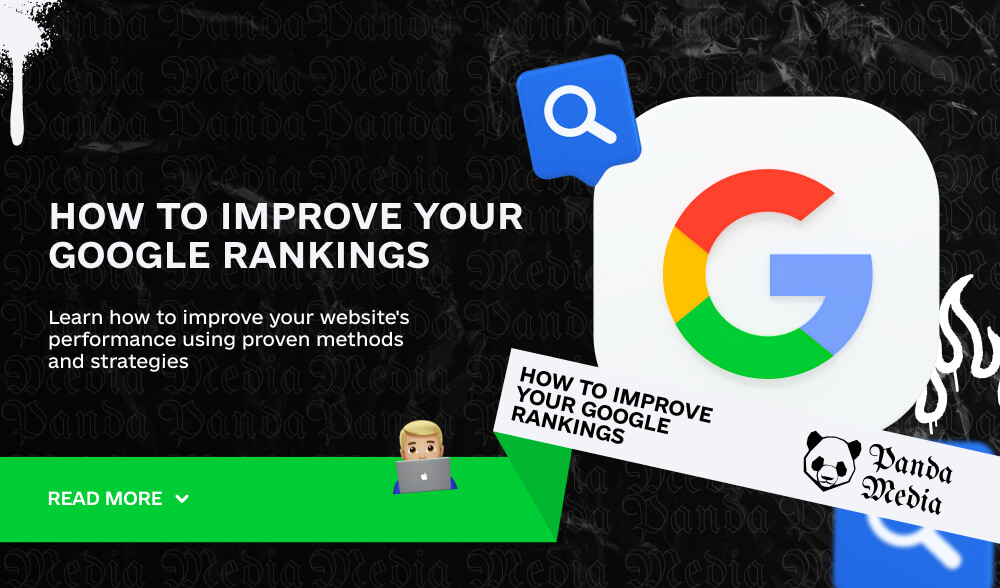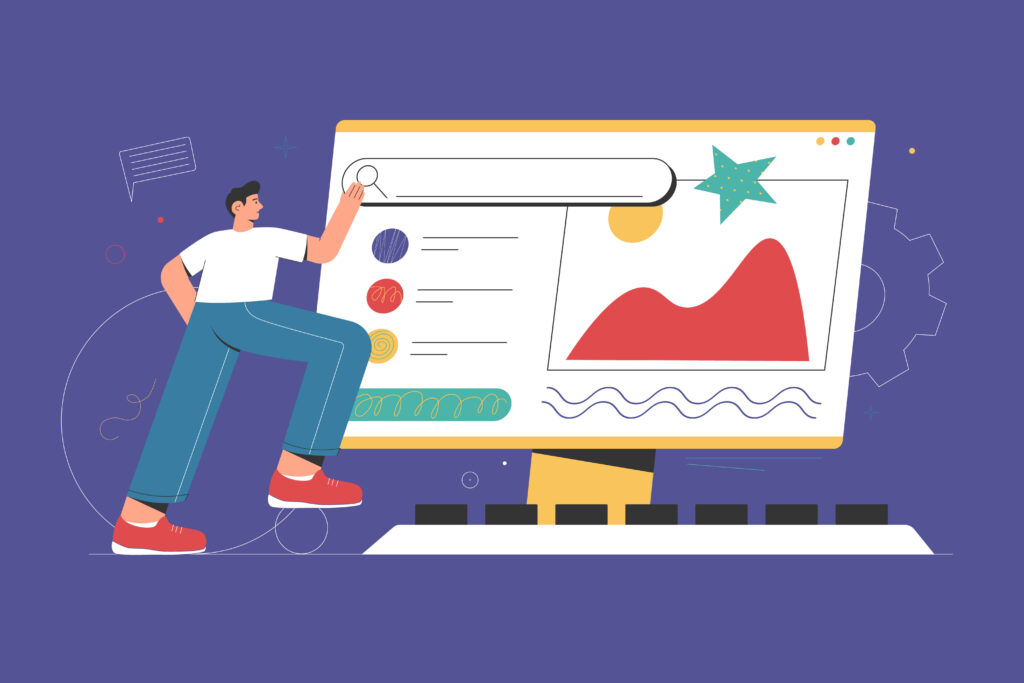Don't miss interesting news

SEO specialists and webmasters often face the fact that website optimization for Google does not always provide the desired results in terms of rankings. This may be due to various factors, including the ineffective actions of the SEO specialist.

In this context, the Pareto principle is about using time more efficiently than spending it on routine tasks. For example, mass editing of meta tags on a website with hundreds of thousands of pages should be entrusted to an assistant or performed according to a template, but in no case should you process each page personally.
This means not only the work plan but also its consistent implementation. For example, at the first stage, you can develop a universal template for a multilingual website, taking into account the advantages of competitors, then form a semantic core, and so on.
Having experience in SEO is a great advantage. However, if you are a beginner, you can acquire the necessary knowledge by purchasing courses, which are now abundant on the web.
It’s important to focus on those tasks and implementations on the website that affect the results. Experiments that demonstrate what works and what doesn’t will help you with this.
Technical flaws do not always affect traffic. Often, sites with certain technical problems or loading delays can still be at the top of Google’s search results. Usually, it is enough to fix only 10% of the errors found during the audit to notice improvements.
Even SEO beginners have often heard of the 301st redirect. It is usually used to redirect from one domain to another. However, if your site has outdated pages with a lot of external links, you can use 301 redirects to redirect to the promoted internal pages of your resource.

Instead of scattering purchased links across all the pages you promote, focus on a few with moderate competition and promote them. After 4-5 months of active work, you can expect the first significant successes.
There is a common approach for new and old websites: “Low competition + moderate demand = profit!”. For well-developed sites with history, the Aherfs KD (Keyword Difficulty) should be ≤30-35, and for new sites ≤20. Based on our experience, we advise you not to focus on creating high-quality content with a large number of keywords, but to pay attention to specialized content for one keyword and the class of queries related to it.
Your new pages should be easy to index. Work hard to reduce their nesting to make them easier for search bots to find.
If your website has several language versions, start localization not with popular geos but with less competitive ones. Having at least one localized version of your website will help you attract several do-follow links from the same geo. For example, if you have a language version of your website for Brazil, you should also buy do-follow links from Brazilian websites.